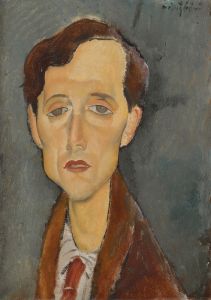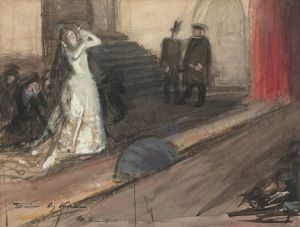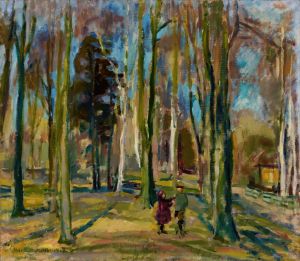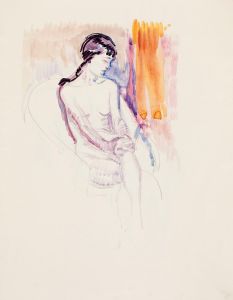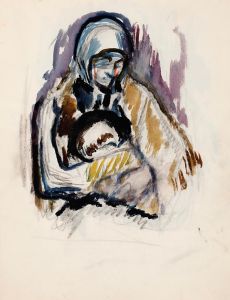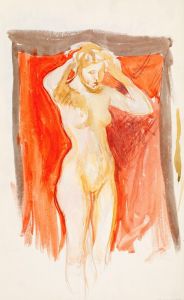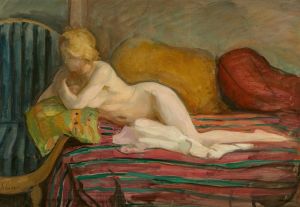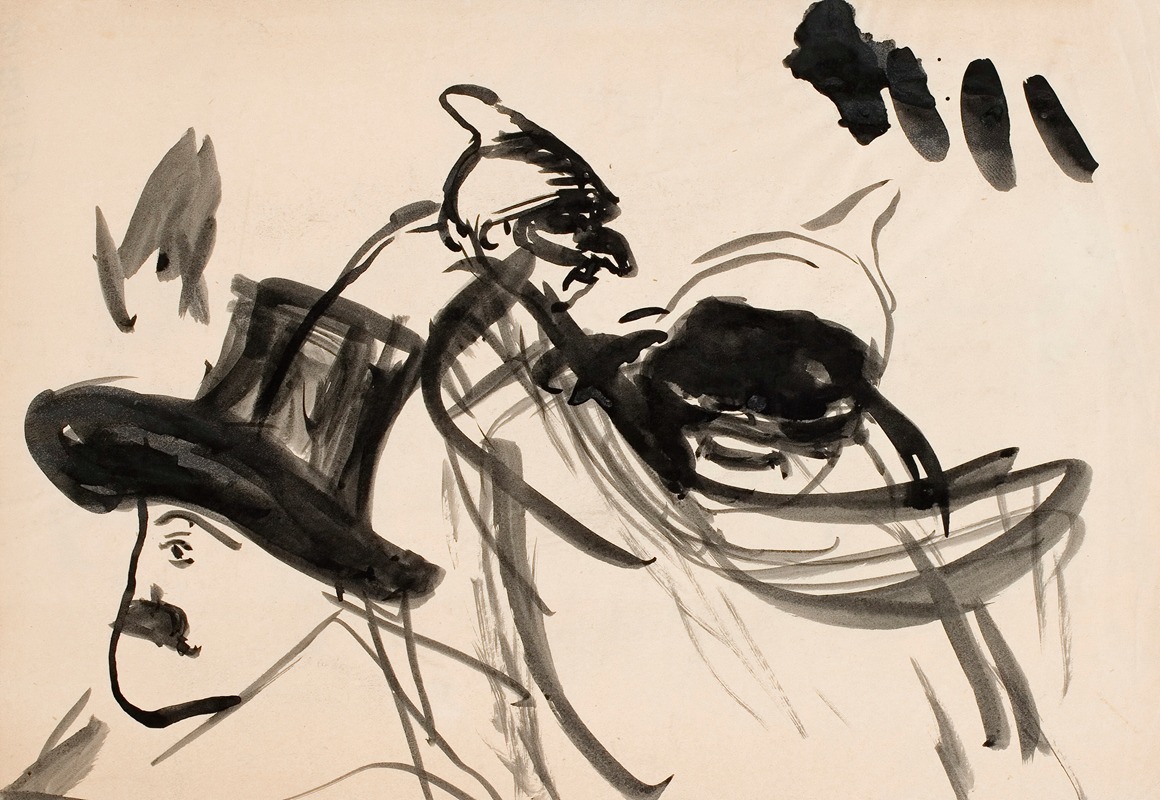
Kolme herraa
A hand-painted replica of Magnus Enckell’s masterpiece Kolme herraa, meticulously crafted by professional artists to capture the true essence of the original. Each piece is created with museum-quality canvas and rare mineral pigments, carefully painted by experienced artists with delicate brushstrokes and rich, layered colors to perfectly recreate the texture of the original artwork. Unlike machine-printed reproductions, this hand-painted version brings the painting to life, infused with the artist’s emotions and skill in every stroke. Whether for personal collection or home decoration, it instantly elevates the artistic atmosphere of any space.
Magnus Enckell (1870–1925) was a Finnish symbolist painter and a key figure in the Finnish art scene during the late 19th and early 20th centuries. One of his notable works is Kolme herraa (Three Gentlemen), which exemplifies his distinctive style and artistic vision. Painted in 1894, this artwork reflects Enckell's early symbolist period, characterized by a focus on mood, introspection, and the use of subdued color palettes.
Kolme herraa depicts three male figures seated together in a quiet, contemplative setting. The composition is simple yet evocative, with the figures arranged in a way that emphasizes their individuality while also suggesting a shared sense of introspection. The painting is notable for its restrained use of color, with muted tones that create a somber and reflective atmosphere. This approach aligns with the symbolist movement's emphasis on evoking emotion and exploring the inner world rather than depicting external reality.
Enckell's work during this period was influenced by his studies in Paris, where he was exposed to the symbolist movement and the works of artists such as Pierre Puvis de Chavannes. The symbolists sought to convey deeper meanings and emotions through their art, often using allegory and dreamlike imagery. While Kolme herraa does not rely on overt symbolism, its mood and composition invite viewers to reflect on themes of human connection, solitude, and the passage of time.
The painting also reflects Enckell's interest in the human figure, which remained a central theme throughout his career. His portrayal of the three men is both realistic and idealized, capturing their individuality while also imbuing them with a timeless, almost archetypal quality. This balance between realism and symbolism is a hallmark of Enckell's work.
Kolme herraa is part of the collection of the Finnish National Gallery, where it is recognized as an important example of Enckell's early symbolist phase. The painting holds a significant place in Finnish art history, illustrating the influence of European artistic movements on Finnish artists during a period of cultural awakening and national identity formation.
Magnus Enckell's contributions to Finnish art extended beyond his symbolist works. In the later stages of his career, he embraced a more colorful and decorative style, becoming a leading figure in the Finnish modernist movement. However, Kolme herraa remains a testament to his early explorations of mood, emotion, and the human condition, securing his legacy as one of Finland's most important artists.





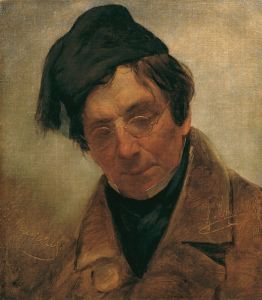
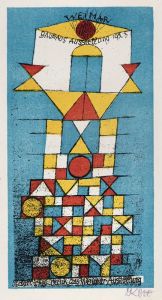
![Abstract. Red and Green Gradation [with some cinnibar in vertical format]](/imgs/217150/s/paul-klee-abstract-red-and-green-gradation-with-some-cinnibar-in-vertical-format-c035e638.jpg)
